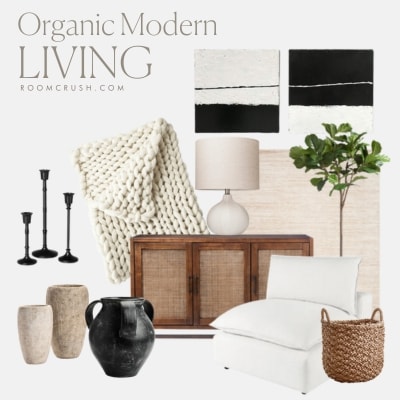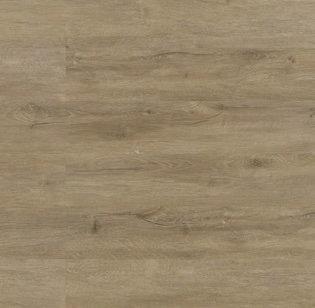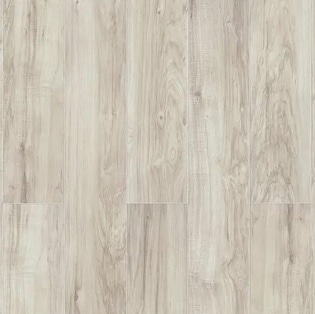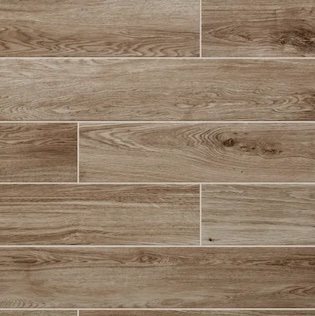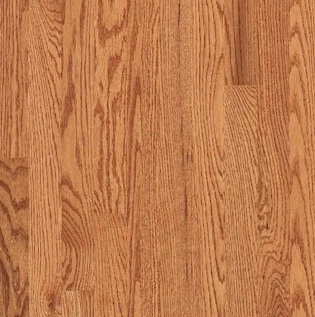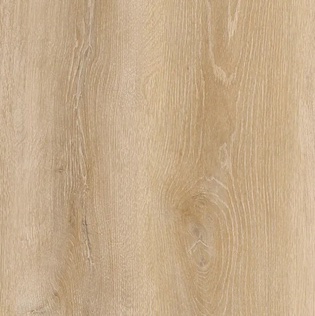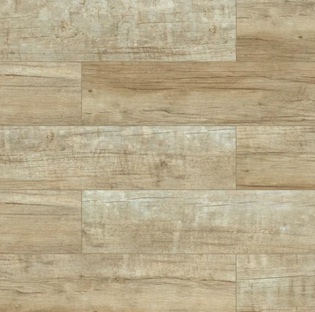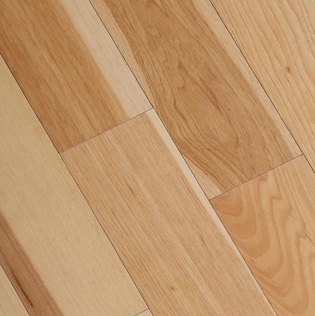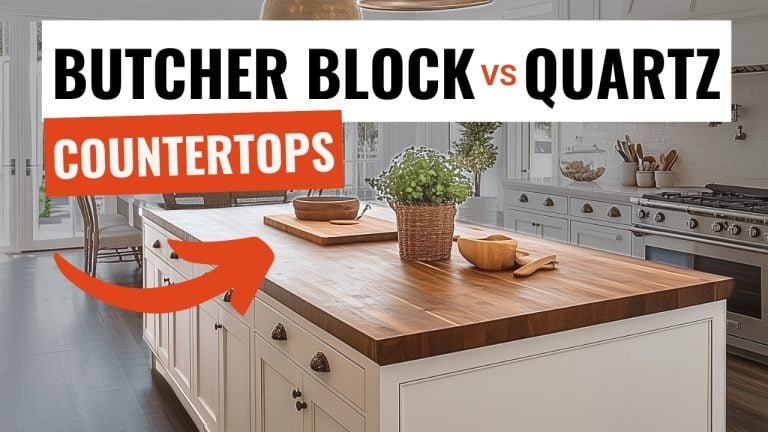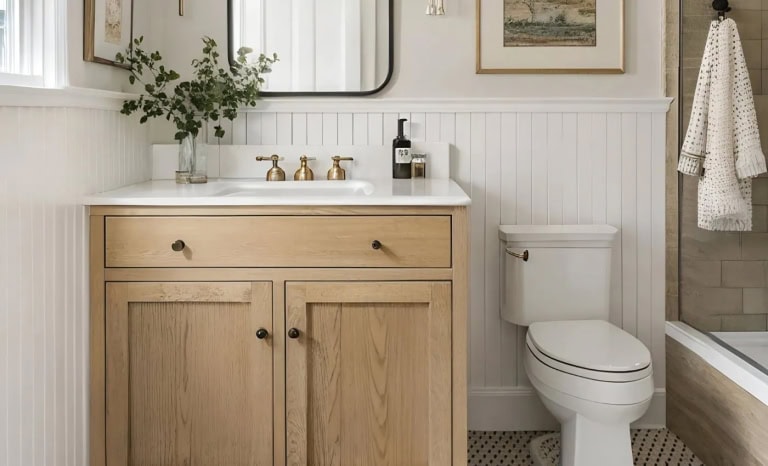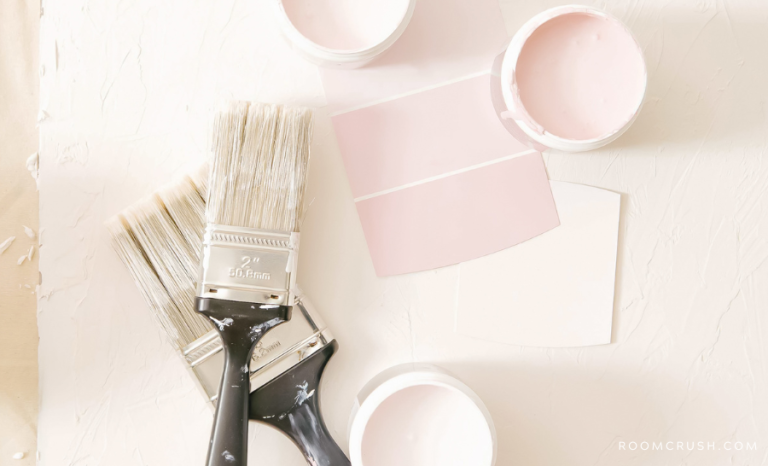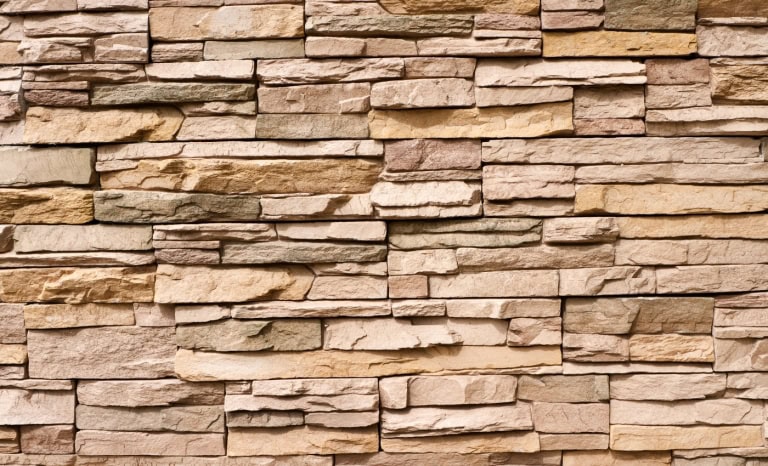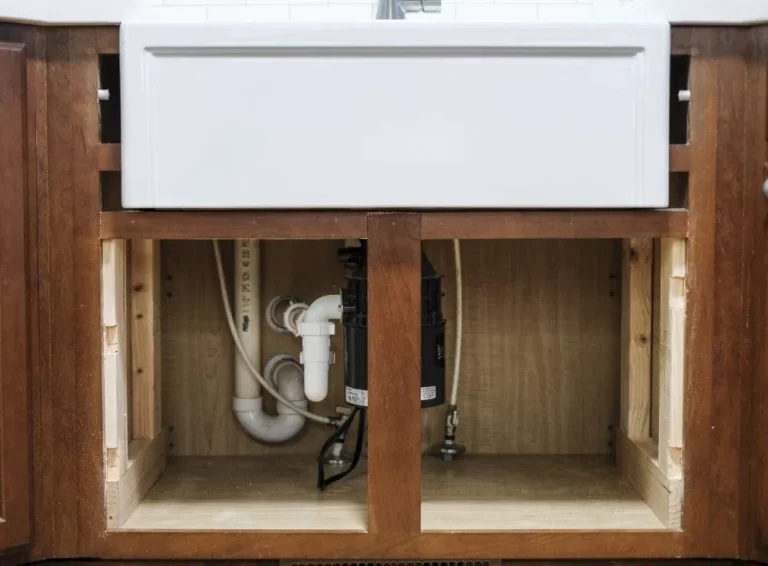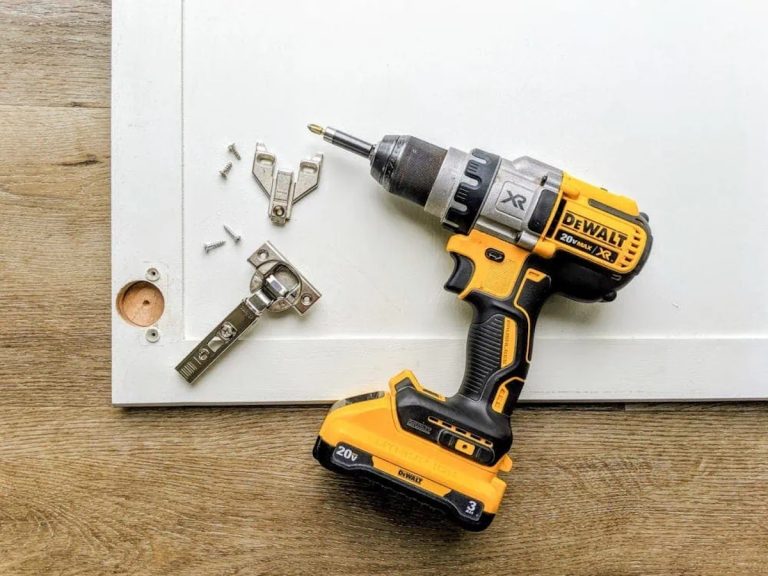Top 5 Wood-Look Flooring Options For Your Next Remodel
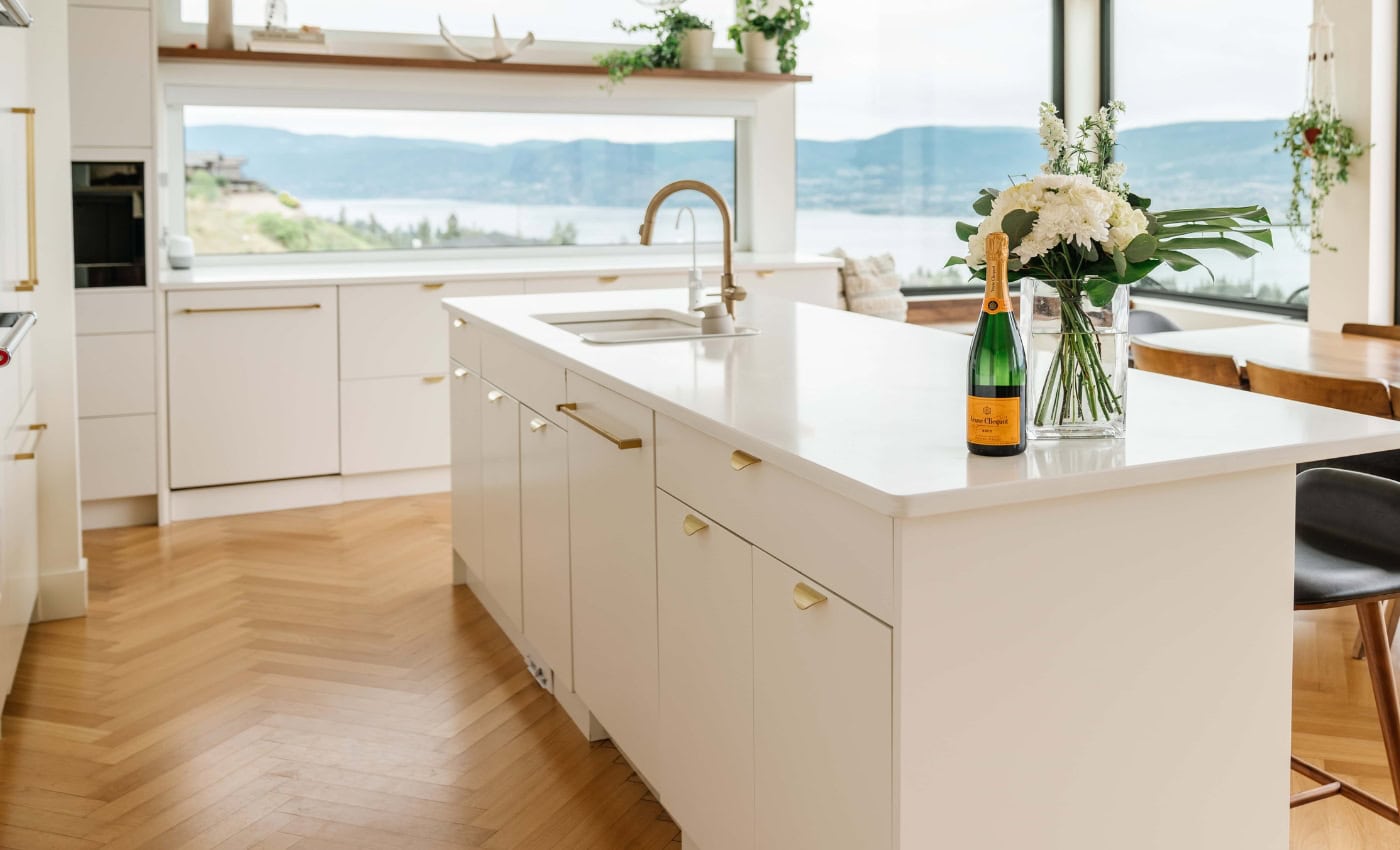
If you want a quality renovation – use real wood flooring. But if your budget simply won’t allow it, or you don’t mind using lower-grade materials, wood-look flooring is an option you might consider. Wood-look flooring can be made out of many materials, each with their own strengths and weaknesses.
In this article, I’ll go over the cost, durability and appearance of the top 5 wood and wood-look flooring styles, how they compare to each other, and how they compare to natural hardwood.
By the end, you should have a good idea of which type of flooring will work best in your next remodel project.
This site uses ads and affiliate content as an Amazon associate earning on qualifying purchases. Disclosure.
Index:
- Natural Solid Hardwood
- Luxury Vinyl Tile (LVT)
- Laminate Flooring (Pergo)
- Wood-Look Tile (Porcelain / Ceramic)
- Engineered Hardwood
Our Quick Picks:
(these links will jump you down in the article to read about them)
Most Durable Wood-Look Flooring
Natural Hardwood Flooring (Solid)
Solid hardwood flooring is the benchmark by which all other types of hard flooring are judged. In order to compete, alternative flooring options either need to be cheaper, or more durable.

Natural hardwood flooring is made from a simple hardwood board. It often comes in two or three inch strips with varying lengths which makes it easy to install a random, non-repeating pattern.
The natural beauty of wood is often imitated, but never fully matched. Every piece of real wood is as unique and beautiful as the tree it was harvested from.
Natural hardwood flooring is a classic, and its the default option. Just because it’s old doesn’t mean it’s outdated! This is an excellent choice (although there are a few drawbacks).
How Durable Is Natural Hardwood?
The durability of natural hardwood depends on the species of wood it is made from, and the quality of the sealant.
Some types of wood are extremely hard, and have very good resistance to scratching and denting. One limitation of wood is that it is inherently vulnerable to moisture.
Most types of solid hardwood flooring come pre-finished with a very durable sealant that will keep the wood waterproof and protected for many years.
Natural hardwood flooring can be sanded and refinished many times which makes it an excellent value. A high quality hardwood floor can last for decades.
Solid hardwood flooring should be installed on a wood subfloor, and it is nailed down. This installation method is very sturdy.
How Expensive Is Natural Hardwood?
Most common types of solid hardwood flooring cost about $5 to $7 per square foot. This is generally more expensive than alternative types of wood-look flooring.
Product Recommendation:
Solid Oak hardwood flooring is always a great choice. It’s beautiful, and at around five dollars per square foot, it’s a very compelling option.
OK, now that we’ve looked at real hardwood flooring, let’s check out all the wood-look alternatives.
Luxury Vinyl Tile Flooring (Vinyl Plank)
Luxury vinyl tile (LVT) is one of my favorite hard flooring choices. We’ve used it several times in our remodeling projects, and it has always exceeded expectations.

It’s hard to beat vinyl’s ideal blend of looks, durability, ease of installation, and affordability.
Wood-look vinyl flooring has many names, but they’re all essentially the same. Here’s a few of the common variations:
- Luxury Vinyl Tile (LVT)
- Luxury Vinyl Plank (LVP)
- Vinyl Plank Flooring
What is LVT Flooring?
Luxury vinyl tile flooring is a fully synthetic flooring material and contains no natural wood fibers. The top layer of LVT flooring is a clear durable wear layer of vinyl. Underneath the wear layer is a wood-look print.
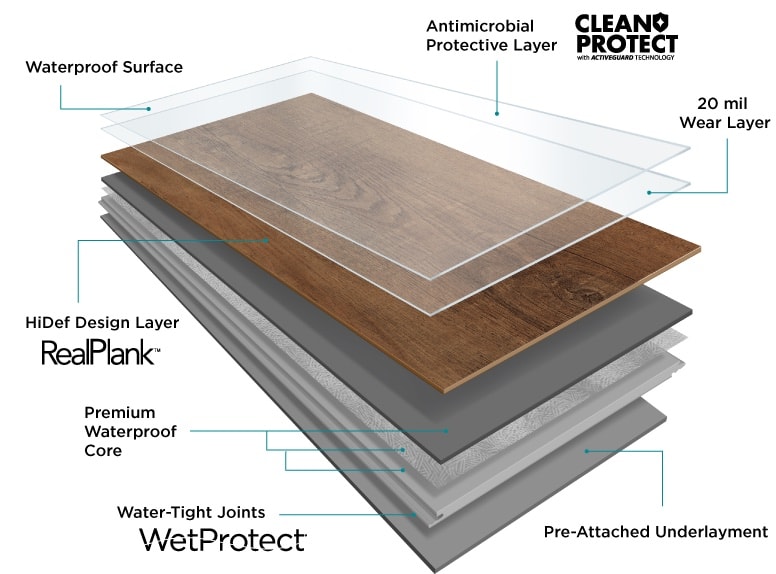
An underlayment is usually added to the bottom. This underlayment serves as padding that softens the sound and feel of the flooring, making it more similar to wood flooring.
Vinyl plank flooring uses an click-lock interlocking system where all the edges are mechanically joined to each other. Different manufacturers call their interlocking systems by different marking terms, but they’re all very similar.
This interlocking system is usually more durable than glued or peel-and-stick vinyl which have a tendency to separate over time.
How Durable is LVT?
Vinyl flooring is very durable, and it’s 100% waterproof which makes it an excellent choice for high traffic entryway areas, kitchens, and bathrooms.
This type of flooring is quite versatile and can be easily installed on almost any type of subfloor, or right over the top of existing hard flooring.
Vinyl flooring products have a wear layer that is measured in mils (one mill equals 1/1000 of an inch). Wear and scratches that do not penetrate the wear layer will not be particularly noticeable.
To some extent, the durability of LVT flooring is dependent on how thick the wear layer is.
Extensive wear and scratches that are deeper than the wear layer will mar the actual wood print, and thus be much more noticeable.
A wear layer of 4 mils is common, and a good minimum standard. A deeper wear layer of five or six mil offers more protection, and comes at a slightly higher price. Lifeproof flooring has a high-wear LVP flooring with an incredible wear layer of 22 mils!
How Expensive is LVT flooring?
Vinyl plank flooring is relatively cheap, and it’s an excellent value. Typical costs are between $2.50 and $4.50 per square foot. You can also find very cheap wood-look vinyl flooring for around $1 per square foot, or high-end LVT for over $9 per square foot.
I recommend sticking to the sweet spot in the middle of the price range because at the extremes, you’re either getting an inferior product, or overpaying.
Product Recommendation:
This luxury vinyl plank flooring comes in 6″ by 36″ planks. The installation type is click-lock, which means the tiles interlock with each other.
It’s one of the best looking options, plus it’s affordable, durable, easy to clean, and 100% waterproof!
Best Upgrade:
Lifeproof high traffic vinyl plank flooring has an amazing 22 mil wear layer! It’s 4 times thicker than standard vinyl flooring, and it’s available in 20+ colors.
This is a perfect choice for high traffic areas, or for homes with pets and children.
Laminate Flooring (Pergo)
Laminate flooring is an extremely popular hardwood flooring alternative. It has been the go-to budget friendly flooring option for years.
Laminate flooring is sometimes called “Pergo” which is the brand name of the manufacturer that invented it in 1977.
This type of flooring is made by laminating multiple layers together to create the desired durability traits. It has a wear layer on top, an imaged printed underneath, and then a core layer underneath.
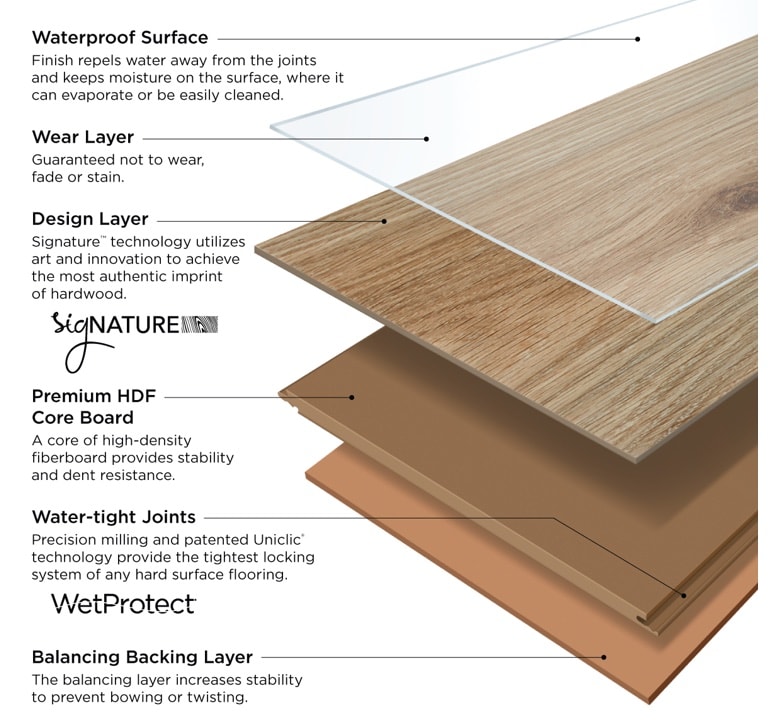
The core layer is made from real wood fibers, and because of this, it tends to closely mimic the sound and feel of natural hardwood (more so than other wood look options).
How Durable is Laminate Flooring?
The durability of laminate flooring is rated using the AC Rating scale, which stands for abrasion criteria. This is a universal scale, and ranges from 1 to 5.
Most residential laminate flooring is rated at AC 3 or AC 4. Options that are rated at AC 3 have acceptable or good durability, whereas AC 4 laminate flooring is very durable and should hold up very well, even in high traffic areas.
Water-resistance is a weakness of laminate flooring. Most cheaper laminate flooring have poor water resistance, and moisture or spills should be cleaned up immediately to avoid damage.
Some of the more expensive laminate flooring is rated as water-resistant, and can tolerate water for up to 30 minutes.
How Expensive is Laminate Flooring?
Laminate flooring usually costs between 99 cents per square foot, and about three dollars per square foot, although more expensive options are also available.
In my opinion, the best use case for laminate flooring is when you’re trying to keep project costs to an absolute minimum. One dollar per square foot laminate flooring is the ultimate low-cost flooring.
Once you get into the $2-3 per square foot price range, I would personally choose LVT or Wood-Look Tile over laminate.
Product Recommendation:
Lakeshore Pecan Stone Laminate
When you need new flooring on a tight budget, this Lakeshore Pecan Stone Laminate flooring by TrafficMaster might be your best bet! Costing only 99 cents per square foot, you won’t find many cheaper options.
Wood-Look Tile Flooring
Wood-look tile is a highly durable type of ceramic flooring. It’s usually labeled as either: porcelain or ceramic.

Ironically, they are almost the exact same, with the only difference being that porcelain meets a stricter standard for water absorption (it’s slightly more waterproof).
Tile is an ideal choice for installing on top of a concrete subfloor, although it can be installed anywhere with proper subfloor preparation.
How Durable is Wood-Look Tile?
Wood-look tile is easily the most durable hard flooring option! It is extraordinarily durable, and will hold up well in high traffic areas, including entryways where it may be exposed to moisture and dirty shoes.
Grout lines between the tiles have to be sealed periodically to retain their waterproofing. A common complaint is that grout lines accumulate dirt, and can be difficult to clean.
The downside to tile is that it’s the hardest to install, and the least realistic looking (because of the large, unavoidable grout lines). Additionally, it is has a cold, hard feel under your feet.
How Hard is Wood-Look Tile To Install?
Wood-look tile is more technical and difficult to install than other hard flooring options. While it is more difficult, it’s still feasible to do yourself.
A special wet saw is needed to cut tile, which can be rented.
Tile is installed using a layer of thin-set mortar between the sub-floor and the flooring. Each piece of tile must be carefully laid, and needs to be leveled and properly spaced.
Once the flooring is installed, and the mortar has dried, the grout must be installed.
How Expensive is Wood-Look Tile?
Wood-Look tile flooring is inexpensive, and it’s an excellent value. The most common options range from about $1.25 to $2.75 per square feet (for the flooring only).
In addition to the flooring, you will also need mortar, grout, spacers, a tile saw rental, and grout sealant. All of these items are pretty cheap but it does add a little bit to the all-in project cost.
Product Recommendation:
Daltile Trace Meadow 6″ x 36″ Porcelain
Daltile is a reputable manufacture and this Trace Meadow Porcelain is top-notch! It’s extremely durable, and the wood-look pattern is very realistic.
It comes in long 6″ by 36″ planks which means the final product will have more continuous stretches of tile with less grout lines.
Best Deal:
TrafficMaster Capel Timber 6″ x 24″ Ceramic
TrafficMaster Capel Timber is one of the cheapest hard flooring options around, and guess what? It’s still extremely durable!
If you’re looking for the cheapest and most durable option, look no further than Traffic Master Capel Timber.
Engineered Hardwood
Engineered hardwood shares many of the same benefits of solid hardwood, but with a few extra benefits, and at a slightly lower price!
Engineered hardwood has a top wear layer that is made from real, natural hardwood. So the finished product that you actually see and touch is 100% authentic. This top layer is usually only 0.6mm thick on cheaper options, or 1.5 – 2.0mm thick on higher end products.
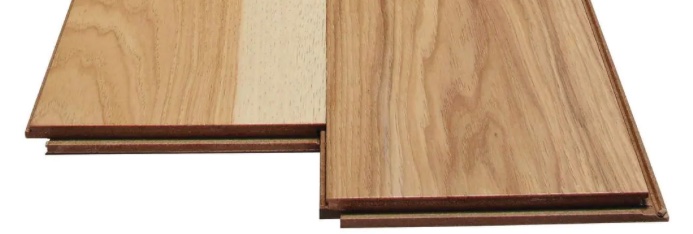
The similarities between solid hardwood, and engineered hardwood end once you look below the surface. Under the top layer, engineered hardwood is constructed from layers of lower grade plywood, or wood fiber board.
Another benefit of engineered hardwood is that it is usually installed as a floating floor with a click-lock interlocking system. Floating floors are generally the easiest installation method for do-it-yourself homeowners.
How Durable Is Engineered Hardwood Flooring?
Engineered hardwood has excellent durability, and as long as the wood sealant is in good condition, it is very water resistant as well.
For the most part, engineered hardwood has nearly identical durability characteristics as solid hardwood. The biggest difference is when it comes to sanding and refinishing.
Because engineered hardwood only has a thin layer of real wood on top, there is a limited number of times that it can be sanded and refinished before the wear layer is completely gone.
Additionally, if you were to drop something heavy and sharp onto engineered hardwood, it’s possible to make a chip, scratch, or dent that penetrates the wear layer, and exposes the low-grade core underneath.
How Expensive is Engineered Hardwood?
Many engineered hardwood flooring products cost between $4 to $5 per square foot. This isn’t a ton cheaper than solid hardwood, but it can save you a little bit of money.
Engineered hardwood flooring is a good choice if you want something a little bit cheaper than solid hardwood, and you prefer the click-lock installation method.
Product Recommendation:
Thanks for reading! Let me know if you have any questions in the comments below.
